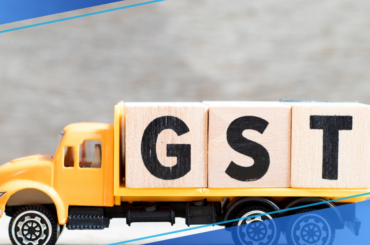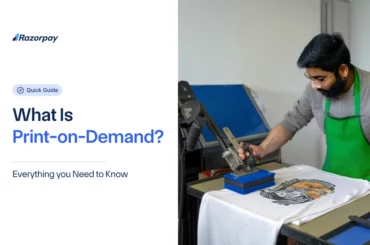A product life cycle is like the stages of human growth. Every company has to apply this model when developing, marketing or assessing its products. Understanding these stages can help companies make better financial decisions about the success potential of new products before they start investing in them, make better long-term supply chain design decisions, and benchmark against competitors for a more substantial return on investment.
A new product may pass through four distinct stages of development. These are introduction, growth, maturity, and decline. The viability of a product in each of these stages can be affected by many factors, including competition, market demand, pricing, the amount spent on marketing and advertising, and the quality or price offered by competing offers.
Also read: What is Marketing Mix?
Stages of the Product Life Cycle
Before understanding the four stages of the product life cycle, let’s look at the development stage. This stage is not formally a part of the product life cycle, as it occurs before the introduction of the product.
But, it plays an essential role in influencing the lifespan of the product. The development stage is characterized by market research, product development, determining the target audience, pricing, packaging, and even analyzing the pre-existing competition.
While all this requires time, energy, and money, the return is almost nil as the product is still being tested. Once this stage is crossed, and the product begins its cycle in the market through the following phases:
-
Introduction
After numerous iterations, a business releases its product in the market. It is a phase aimed at increasing brand awareness and may not always be profitable. Therefore, it is essential to test the product in the real world and get feedback from the right audience. After all, understanding the reviews will help the business shape its future.
For example, new bakeries experiment with their menu, decorations, packaging, and pricing to generate customer feedback. It uses this information to make changes and increase its orders. Additionally, a bakery that creates an engaging first impression moves to the next stage sooner.
-
Growth
A product in the growth phase of the product life cycle sees an increase in market demand and product recall. This means that more people know about the product and pay for it. Production costs decrease, owing to economies of scale. At the same time, distribution and sale of the product see a gradual, steady increase.
The growth phase of the product life cycle provides businesses with plenty of customer and sales data. It helps to strategize marketing budgets, product development and recognize areas of improvement. All strategies focus on promoting why and how the brand is better than its competitors and retaining customers.
Taking the example of the bakery, in this stage, it is most likely to use the customer data to promote offers, identify locations to expand its business and maybe even identify its least selling items. All of this helps the business understand its customers better and tweak its services to suit them better.
-
Maturity
When the growth of the product begins to slow down, it is most likely that it has peaked sales. The profits are high, and production costs are low. The market share of the product stabilizes. The organization is up against pre-existing brands and also newer entrants in the market.
There might be better technology or even a better alternative to the product. The companies need to be able to tap these opportunities, stay relevant and retain their market share. For this, the product development team focuses on optimizing the product offering.
For example, a bakery would do this by adding more flavors, changing its packaging, or even lowering its price offering. If the business cannot sustain itself in its maturity phase, it is most likely to decline. This phase can last for decades for many products.
These include the likes of fast-moving consumer goods like Surf Excel or Coca Cola. For some products like CDs and pen drives, the maturity phase was short-lived, and these products are today in decline.
-
Decline
Products that fail to stay relevant to their customers enter the decline phase. It is characterized by a decrease in sales, market share, and lower profits. Since the demand for the product decreases, it also affects its production and distribution.
The company is forced to minimize production, thereby increasing costs. Additionally, due to decreased sales, profits hit a low too. For example, VCRs, handy cams, and iPods are almost obsolete now. At this stage, the company has the following options:
- Stop the production and reboot: The product is not proving profitable and is a liability to the company. Hence, discontinuing it may seem like a wise step. At the same time, identify the market gaps with the newer products, and build one that is feasible to cater to those needs. The company by now is an established brand; therefore, re-entering the market will be easier.
- Identify a niche market: Products may not appeal to the mass but may have developed a smaller niche market of loyalists that may be profitable.
How to Use the Product Life Cycle
Studying the sales and customer data can offer a great deal of information in understanding where a product stands in its cycle. While it may be difficult to predict how long each phase would last, understanding the characteristics of each stage can help in making better business decisions.
It is also important to note that many external factors will affect the product’s growth. The economic conditions, policies, and most importantly, the consumer sentiment towards the product and brand influence its growth. Thus, keeping them in mind during the product cycle review will help give better direction to strategizing the product’s longevity.




![GST State Code List & Jurisdiction 2025 [Updated List] GST State Codes](https://d6xcmfyh68wv8.cloudfront.net/learn-content/uploads/2024/02/GST-State-Codes-370x245.webp)
